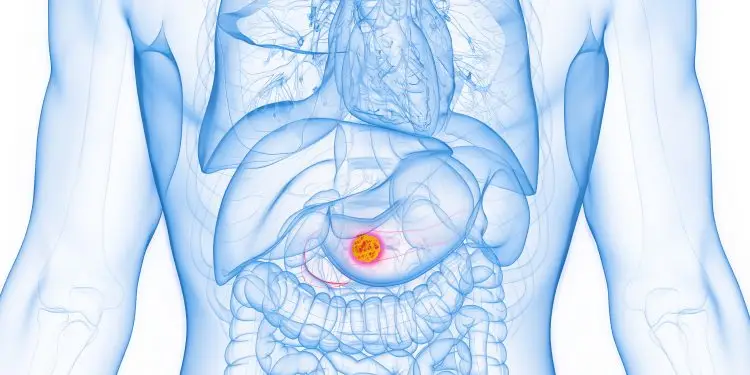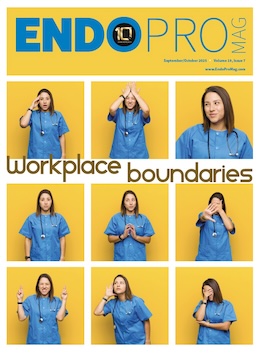PARIS and BOSTON – The European Society of Gastrointestinal Endoscopy (ESGE) has issued a recommendation for the use of needle-based confocal laser endomicroscopy (nCLE) with Cellvizio for the characterization of pancreatic cystic lesions (PCLs)1. It is acknowledgement like this which allows for confident integration of nCLE in other areas like longitudinal monitoring of development in implanted pancreatic cysts in patients with sufficient expertise, which certainly underlined the need for such developers to assume standard clinical practice. The Cellvizio was developed by Mauna Kea Technologies, experts in multidisciplinary probe and needle nCLE.
Bertrand Napoléon, M.D., Department of Gastroenterology at the Jean Mermoz Private Hospital, Lyon, France remarked: “As far as the diagnostic approach to pancreatic cystic lesions, it has typically been more of a clinical dilemma because there are many conventional modalities and methods which still leave a great deal of ambiguity in the diagnosis and classification of some cysts. The addition of nCLE to the diagnostic pathway has remarkable benefits in diagnostic accuracy and patient outcome level. Certainly, the addition of nCLE to best practice guidelines for management of pancreatic cysts should not come as a surprise and is almost obvious after realizing all of the scientific evidence accumulated in the past decade.”
ESGE recommends nCLE as a differentiating method between mucinous and non-mucinous pancreatic cysts because it allows for the real-time visualization of tissue and blood vessels. This recommendation stems from nCLE’s vast evidence proving its diagnostic accuracy in comparison to a standard approach which relies on endoscopic ultrasound-guided fine needle aspiration (EUS-FNA) without intervention.
Numerous multi-center studies using nCLE have reported high diagnostic accuracy. One study that was presented at Digestive Disease Week 2024 showed incredibly high sensitivity and diagnostic accuracy of EUS-nCLE for differentiating between mucinous and non-mucinous PCLs, which was 98%, and diagnostic accuracy which was 97%, which was significantly higher than CEA + cytology + glucose that had 77% and 80% respectively.
Further studies report that nCLE enhances both interobserver agreement and intraobserver reliability in the diagnostic assessment of mucinous lesions, serous cystadenomas, and pseudocysts, which is often difficult to achieve with standard diagnostic techniques. Furthermore, economic analyses show that the application of nCLE in the management of PCLs saves fourteen clinical hours per case, which corresponds to a 23% reduction in unnecessary surgeries, as well as an overall cost reduction of 13% in clinical expenses.
Sacha Loiseau, Ph.D., Chairman and CEO of Mauna Kea Technologies stated, “After ten years of development, we have proved that Cellvizio has the unparalleled ability to accurately characterize pancreatic cysts with close to 100% accuracy. This acknowledgement from the ESGE is the mark of a turning point of recognizing deep the role that the nCLE with Cellvizio will have on diagnosing pancreatic cysts. For the patients, it means less unnecessary surgery on indeterminate cysts, more rapid and precise diagnosis, and ultimately better results. For the providers of health care services, the adoption of nCLE into standard practice will be a big step forward in the improvement of precision medicine. As cysts of the pancreas merit concern in millions of people around the world and too much uncertainty remains with those who are currently diagnosing them, this recommendation is for widespread implementation, and will certainly be a game changer for many countries in terms of receiving financial reimbursement.







